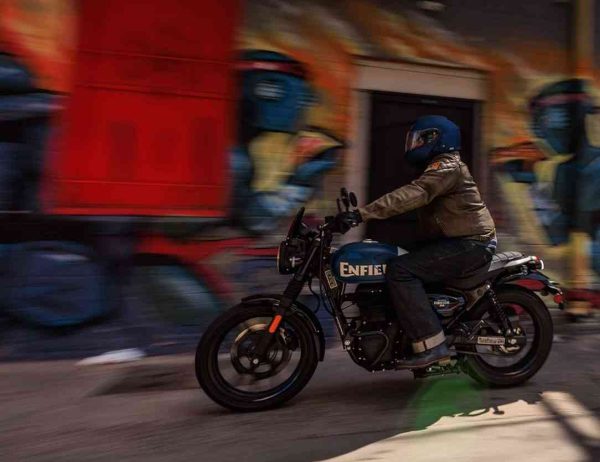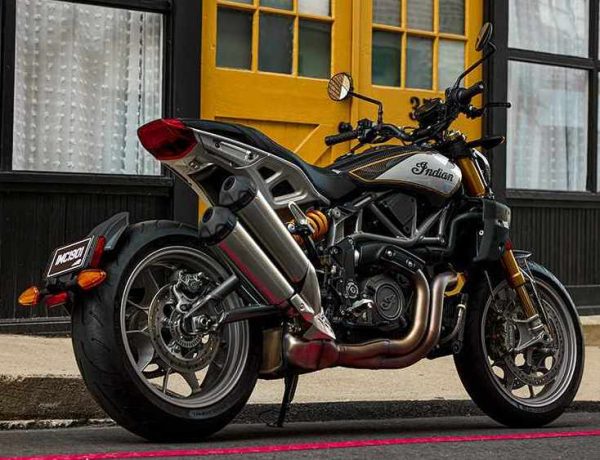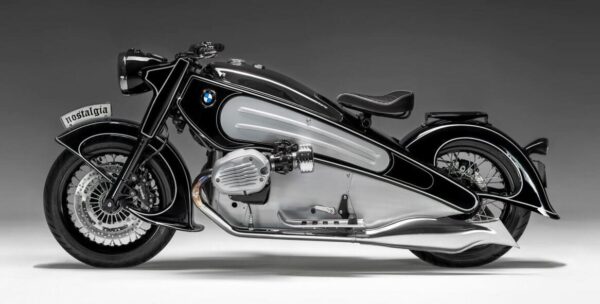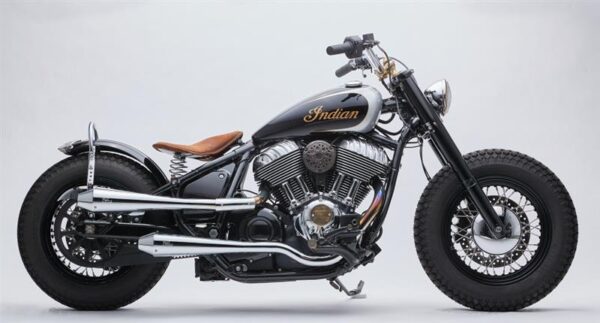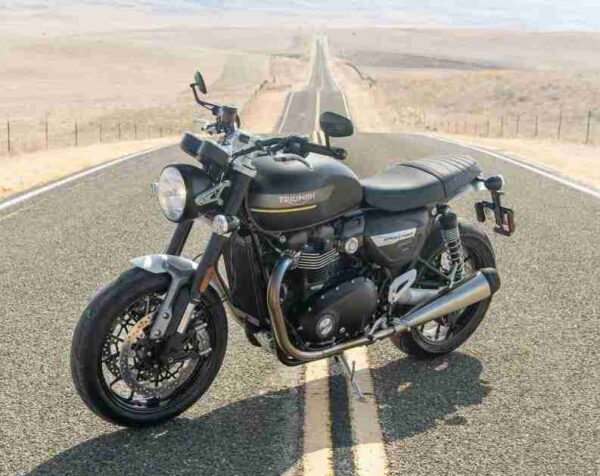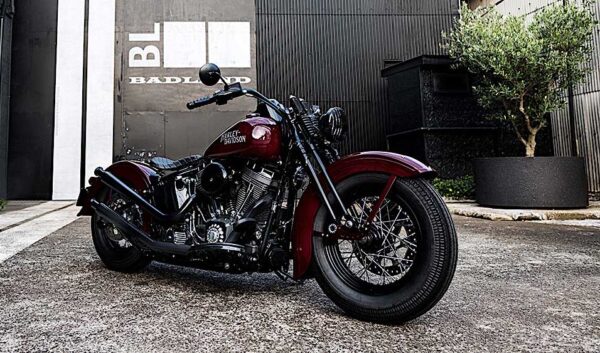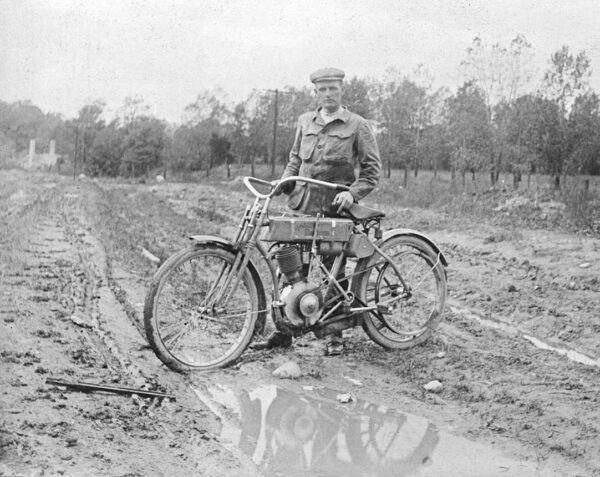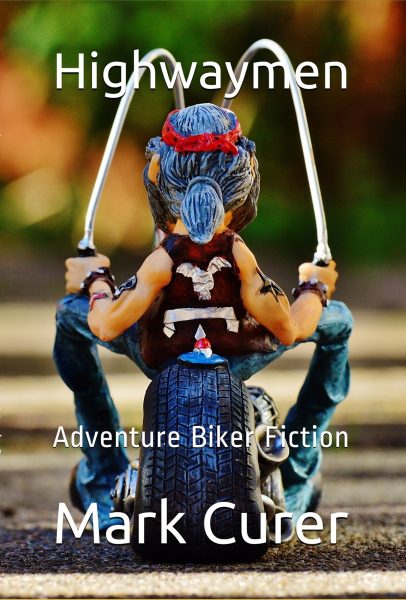Royal Enfield Hunter 350 Review
by Jason Marker from https://www.rideapart.com/ 2023 Royal Enfield Hunter 350 Review $3,999 for a good-looking, thoroughly modern motorcycle with ABS, fuel injection, and a bulletproof engine is a steal no matter how you slice it. My toxic trait—or, well, one of the many at any rate—is that when I buy a product I expect a level of quality in that product commensurate with its price. As you can imagine, in this day and age I spend a lot of my time disappointed. What if I told you, however, that I recently rode a bike with one of the best cost-to-value ratios I think I’ve ever ridden? In fact, probably one of the best cost-to-value ratios on the market today. What if I then told you that it was a Royal Enfield—specifically Enfield’s new Hunter 350? Well, I did and it was and I’m here to tell you all about it. Read the full review for 2023 model of Hunter 350 by clicking here.
Royal Enfield Hunter 350 Review Read More »

